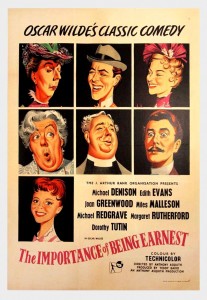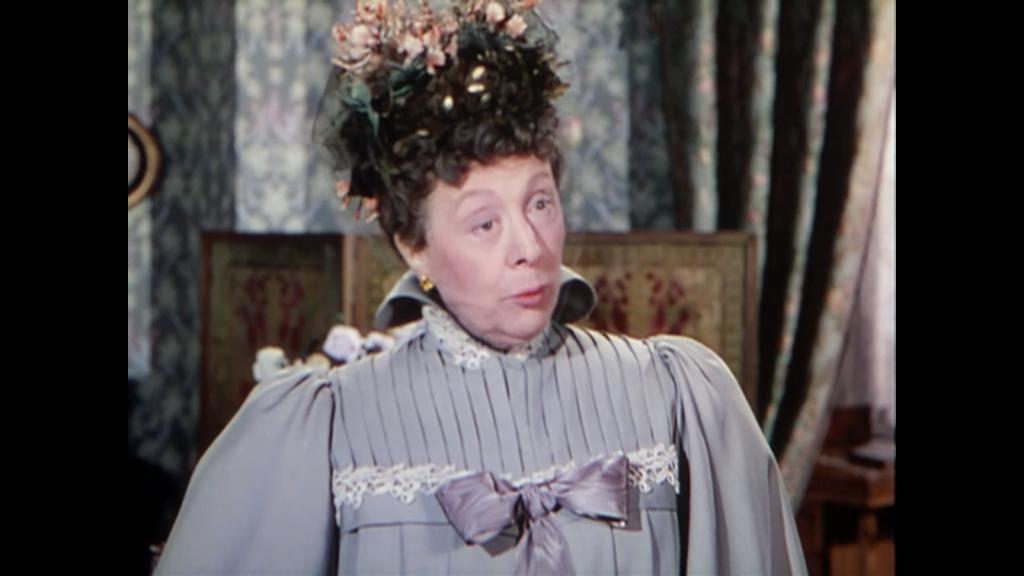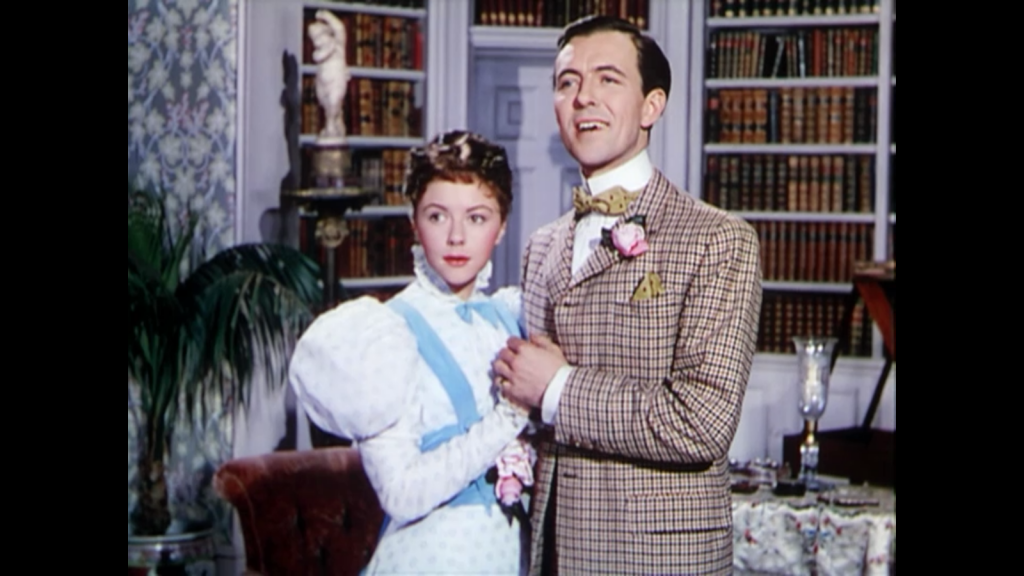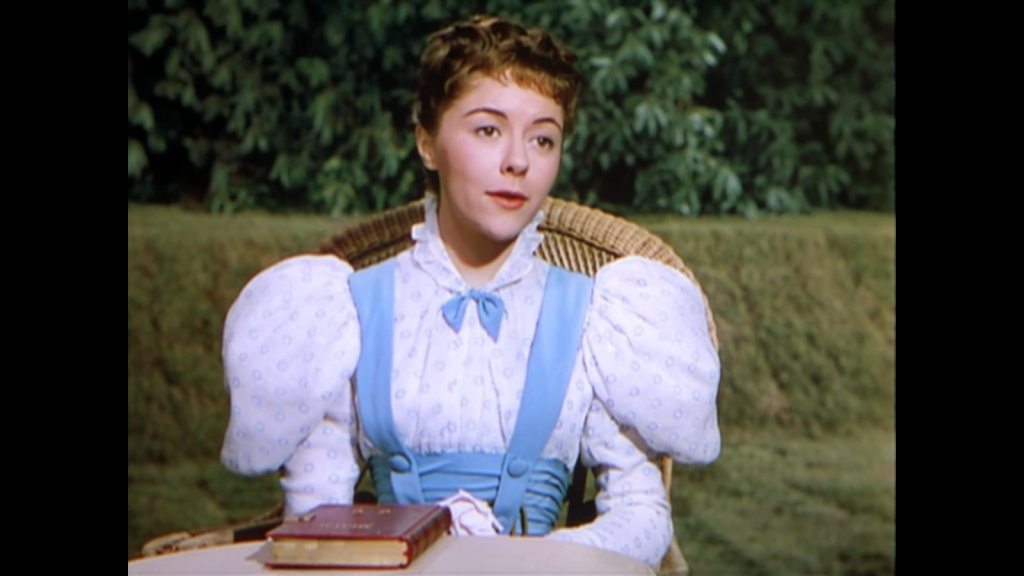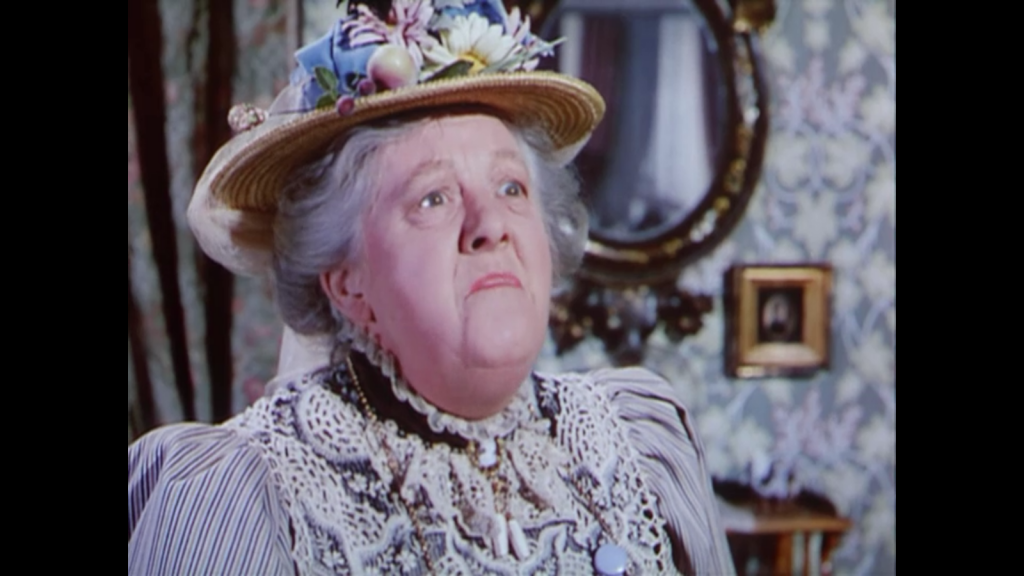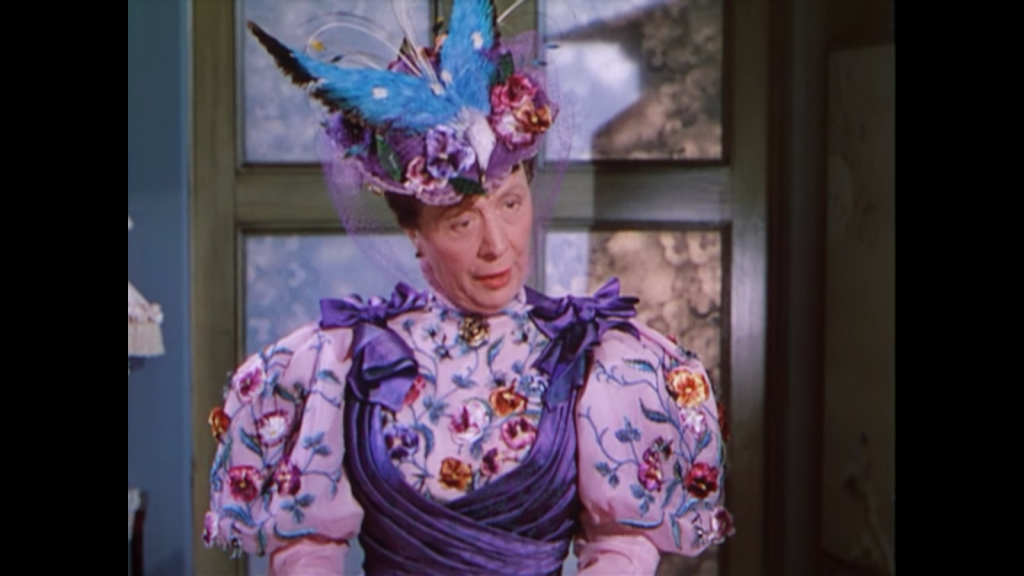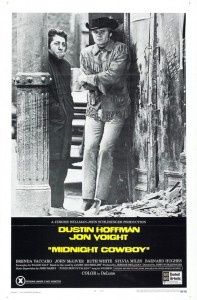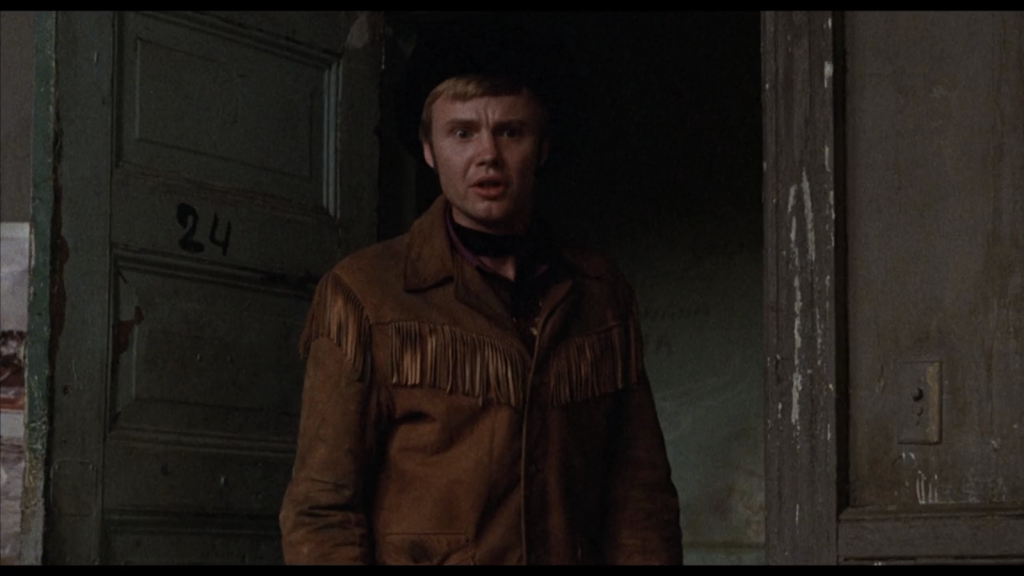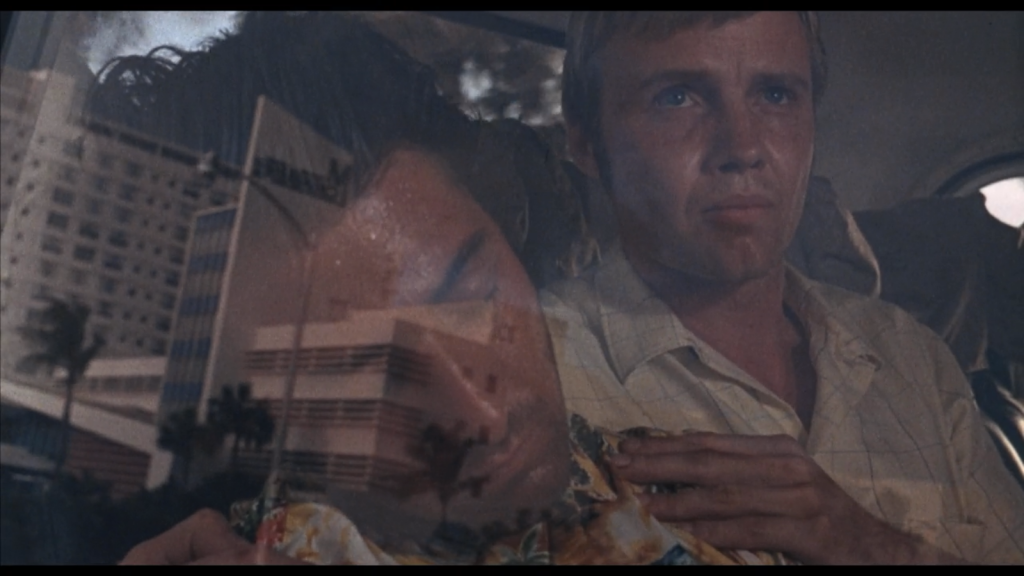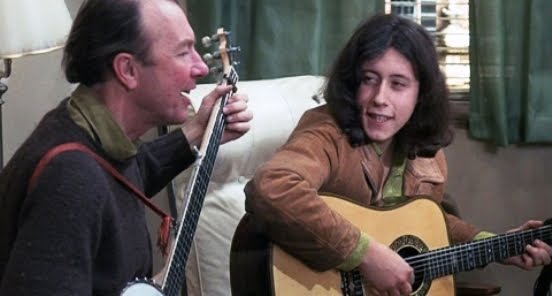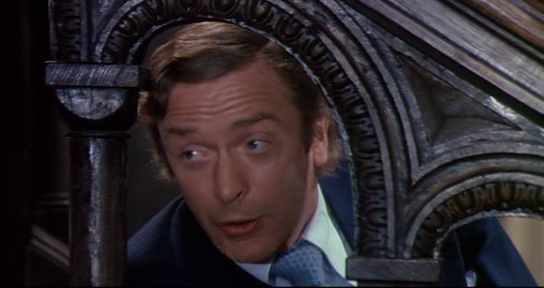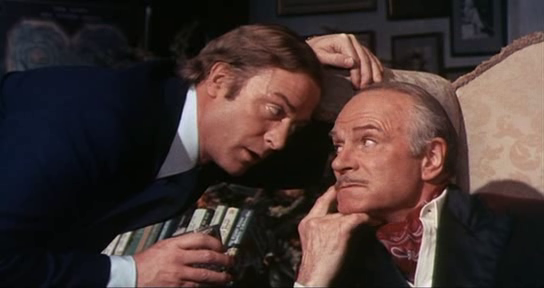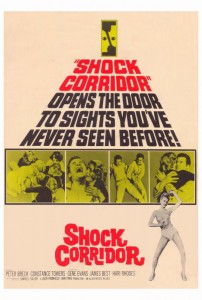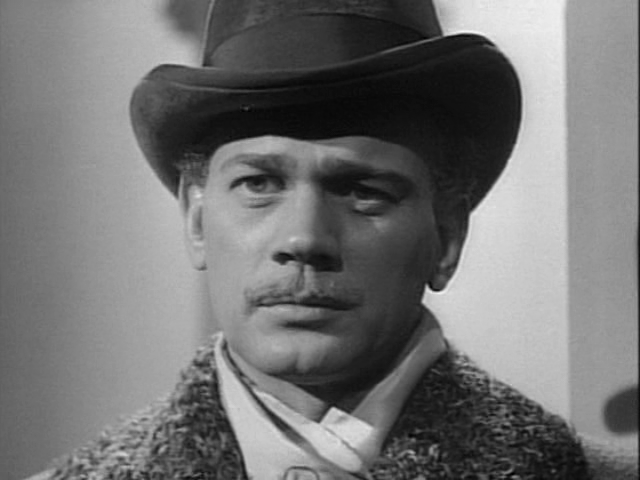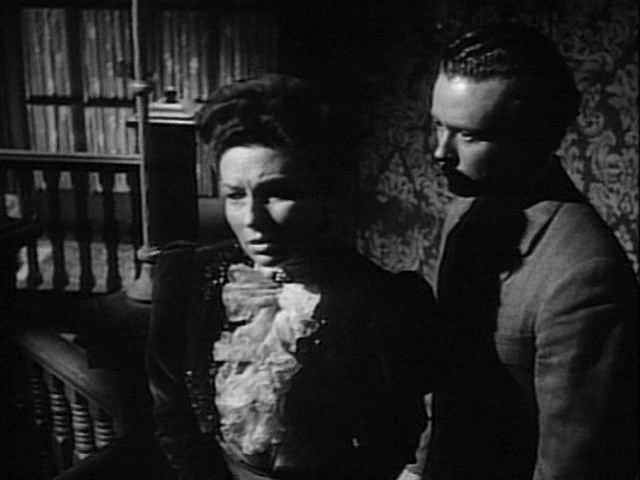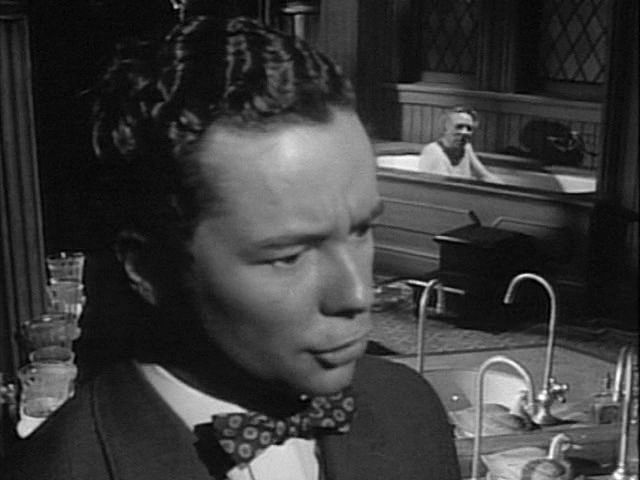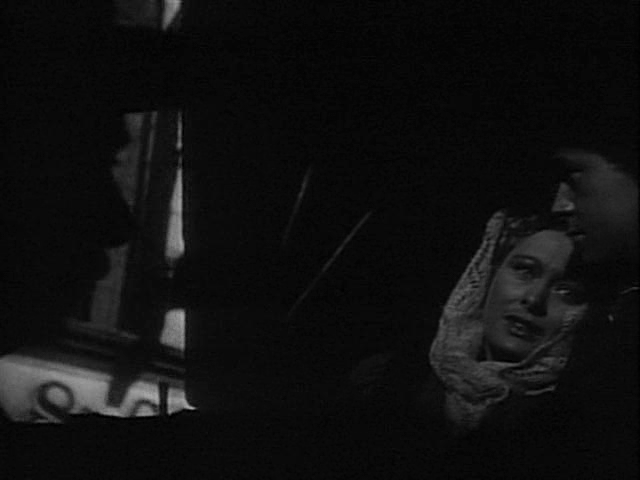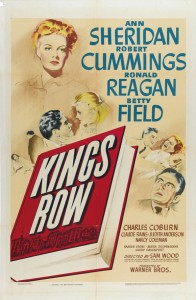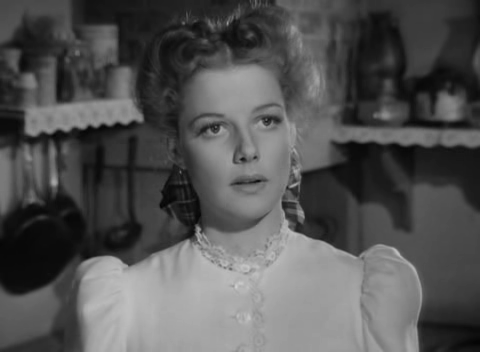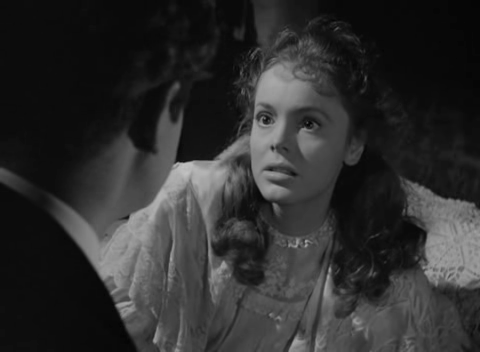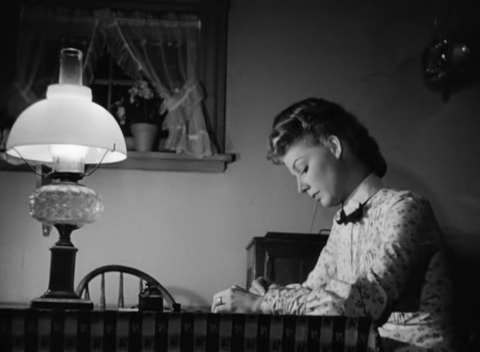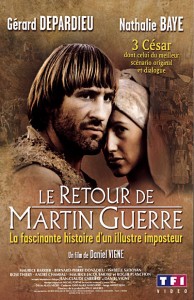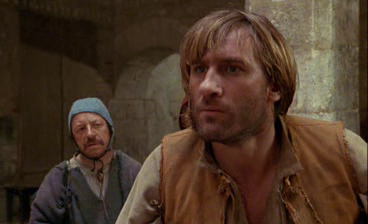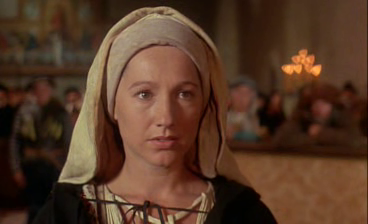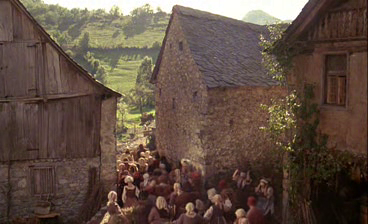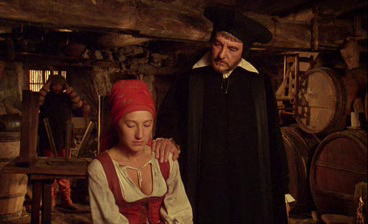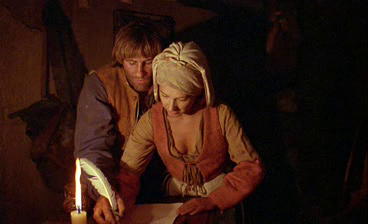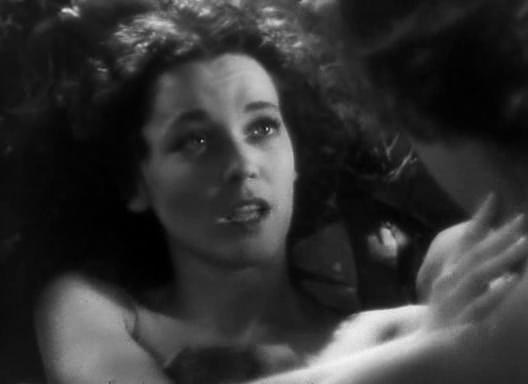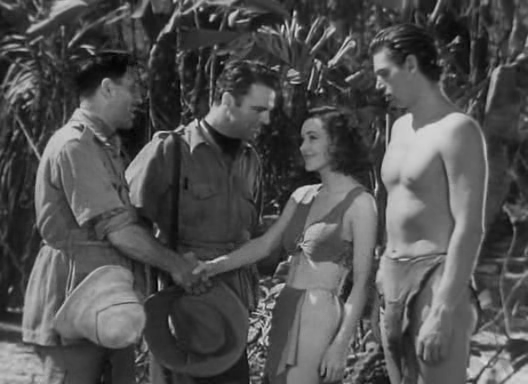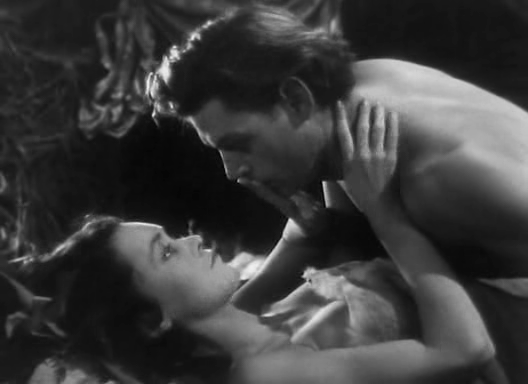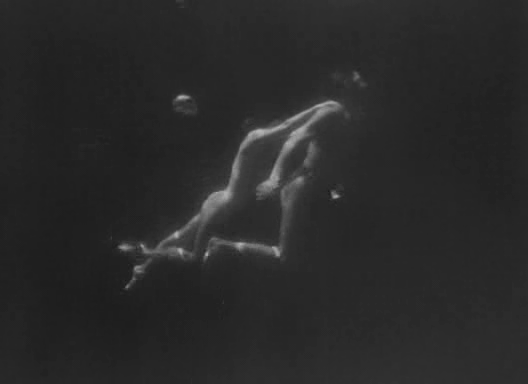|
Genres, Themes, Actors, and Directors:
- Journalists
- Mental Breakdown
- Mental Illness
- Mistaken or Hidden Identities
- Sam Fuller Films
Response to Peary’s Review:
Peary notes that “more than any other film, Sam Fuller’s cult favorite” — about an “immature, dishonest, self-serving crime reporter… who attempts to win the Pulitzer Prize by solving a murder that occurred in an insane asylum” — “treads a fine line between art and trash”, given that despite the “stilted” dialogue, “every few minutes one of the characters says something more honest and brave and moving than we are used to in American cinema” of this era. He argues that the “film thrives on sensationalism”, with “all the sexual content… solely intended to make the picture lurid”, but “beneath the sleaze is a mature, sad-eyed view of America, where people are encouraged to strive beyond their capacities for accomplishment and to do their country proud even if they can’t accept responsibility or fame”.
Peary’s review nicely highlights the unexpectedly hard-hitting nature of Fuller’s screenplay, which is all the more surprising given its obvious B-movie context and production values. Many viewers will find themselves groaning during the heavy-handed opening sequence between Breck and Towers (his “stripper girlfriend”), as Towers laments Breck’s “self-serving” motives for feigning insanity, and shrills some humorously hysterical dialogue: “You’re on a hopped up, lunatic stage — get off it! Don’t be Moses leading your lunatics to the Pulitzer Prize!” However, once Breck actually enters the asylum and begins encountering his fellow inmates, the tone immediately becomes at once more serious and more bizarre.
The three witnesses Breck is specifically interested in interrogating are all deeply damaged souls, indicative of all that’s most secretly corrupt about American society. The most memorable is undoubtedly the character played by Hari Rhodes — an African-American who, after a failed attempt to integrate into an all-white university, has internalized extremist racist attitudes to the point where he believes he’s white; he dons a Klan hood, harasses a fellow African-American who he claims is “after his daughter”, and carries around an inflammatory sign saying, “Go Home Nigger”. Best and Evans are also haunting in their portrayals as (respectively) a brainwashed Korean War vet and a guilt-ridden nuclear scientist, and Breck’s roommate — the overweight “Pagliacci” (Larry Towers) — adds yet another bizarrely damaged character to the milieu.
Further highlighting the surreal nature of Breck’s experience is Stanley Cortez’s “shadowy cinematography”, as well as the strategic use of special effects, including Towers appearing superimposed over Breck’s resting head (taunting him in her stripper outfit), and the photographing of “midgets at the end of the corridor set so that it would appear to be longer than it was”; close inspection quickly reveals that the same sequence of the midgets pacing back and forth was looped many, many times, but it’s still effective. This utterly unique cult favorite is one film fanatics won’t want to miss seeing at least once.
Redeeming Qualities and Moments:
- Stanley Cortez’s cinematography
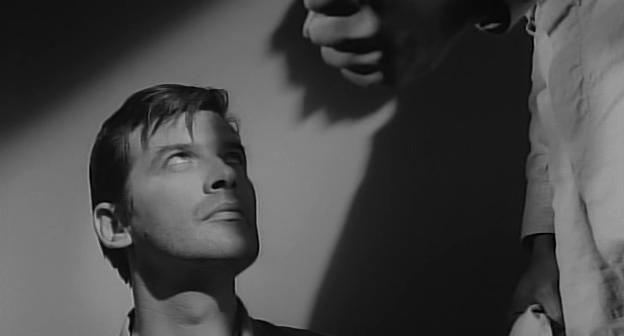
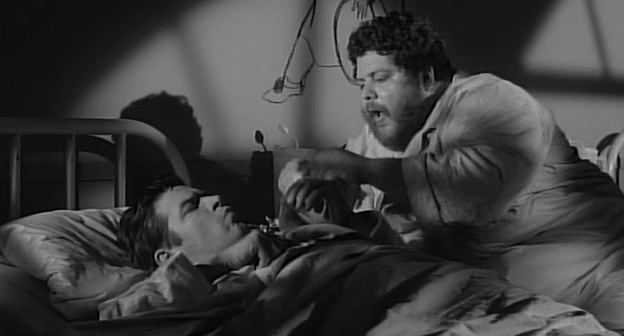
- Fuller’s surprisingly hard-hitting screenplay

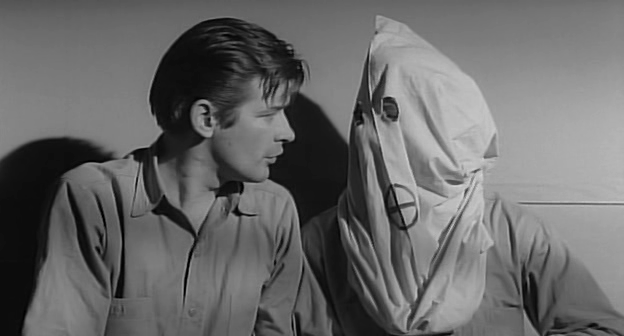
- Fine supporting performances by Best, Rhodes, and others
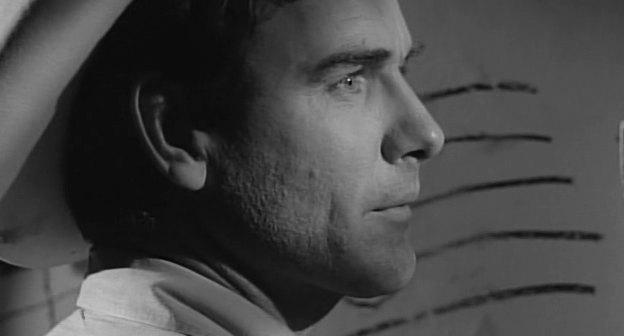
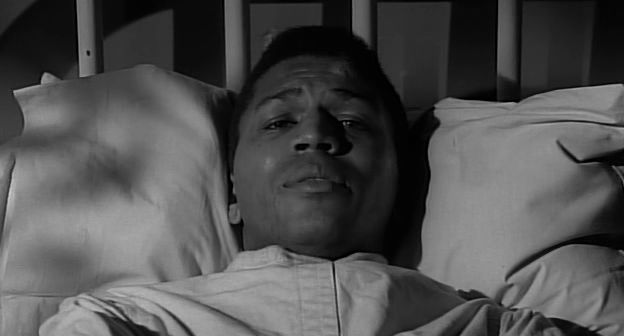
Must See?
Yes, as a unique cult classic by an iconclastic director.
Categories
- Cult Movie
- Important Director
(Listed in 1001 Movies You Must See Before You Die)
Links:
|



